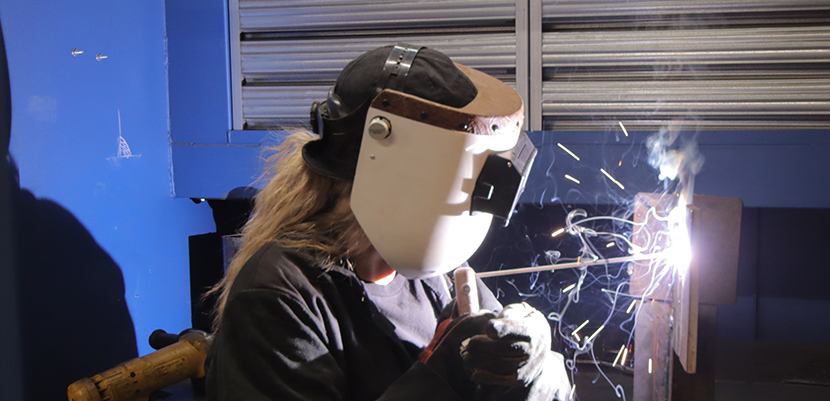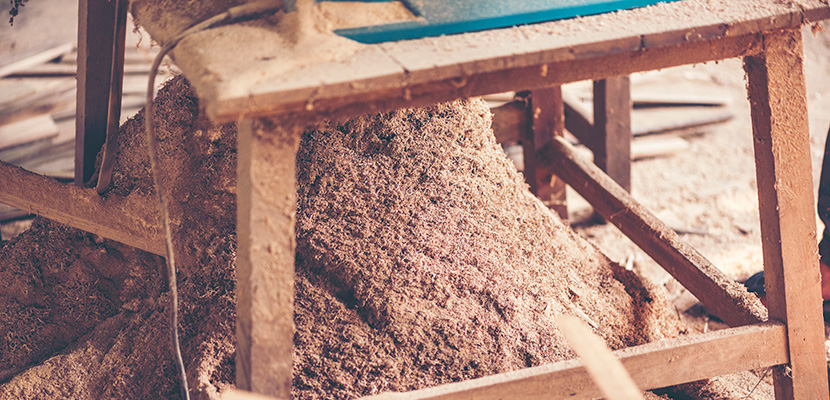Smarter Summer Planning: Clean Air Solutions That Power Vocational Learning & Maximize Your Budget
As summer approaches, vocational schools are gearing up to plan facility upgrades for the 2025–26 school year. While classroom expansions and equipment upgrades often top the list, there’s one crucial area that often gets overlooked: indoor air quality.
At Clean Air Industries, we design and install high-performance air cleaning systems specifically engineered for vocational training environments. These aren’t cookie-cutter solutions—they’re purpose-built to meet the unique needs of skilled trades education, where poor air quality isn’t just inconvenient—it’s a safety hazard.
Air Quality Challenges in Hands-On Learning Labs
Let’s break down the specific air quality issues that different trade programs face—and how we help solve them:
Welding Technology Labs
Common Hazards: Metal fume, smoke, and ozone gases
Trades Impacted: Welding, metal fabrication, pipefitting, boilermaking
Our Solutions: Our fume extraction systems capture and filter welding smoke directly at the source—whether it’s MIG, TIG, or stick welding. These units prevent toxic metal particulates from dispersing in the lab, keeping students and instructors safe while maintaining visibility and airflow. Many schools benefit from our welding booths and downdraft tables that preserve floor space while improving efficiency.
Woodworking & Carpentry Programs
Common Hazards: Fine sawdust, airborne wood particles, and VOCs from adhesives or finishes
Trades Impacted: Carpentry, cabinetry, furniture making, millwork
Our Solutions: Wood dust isn’t just messy—it’s combustible and a respiratory threat. Our industrial-grade cartridge and cyclone dust collection systems capture particulate at the source from table saws, planers, sanders, and routers. We help schools design layouts that allow for both effective dust removal and student mobility, ensuring fire code compliance and long-term air quality.
Auto Body, Paint & Refinishing Shops
Common Hazards: Paint fumes, isocyanates, solvent vapors
Trades Impacted: Automotive refinishing, collision repair, custom paint work
Our Solutions: We provide customized exhaust and filtration systems that safely capture volatile organic compounds (VOCs) and paint overspray, crucial for auto body labs. Our spray booth exhaust systems are engineered for constant airflow and easy maintenance, reducing the risk of exposure while ensuring compliance with EPA and OSHA standards.
Why Planning Early Pays Off
Proper planning can save your school tens of thousands of dollars. By partnering with us during the summer, you gain access to strategic layout designs, phased implementation schedules, and bulk procurement advantages—making your dollars stretch further without compromising on safety or performance.
Our systems are also engineered for:
- Heavy student use and long operational hours
- Minimal maintenance needs over time
- Floor space efficiency with smart, compact designs
Join the Clean Air Movement in Vocational Education
Hundreds of trade schools, community colleges, and technical institutes trust Clean Air Industries to future-proof their facilities and protect students and staff alike.
Cleaner air means better learning. Better planning means smarter spending. Let’s help you achieve both. to get started.


